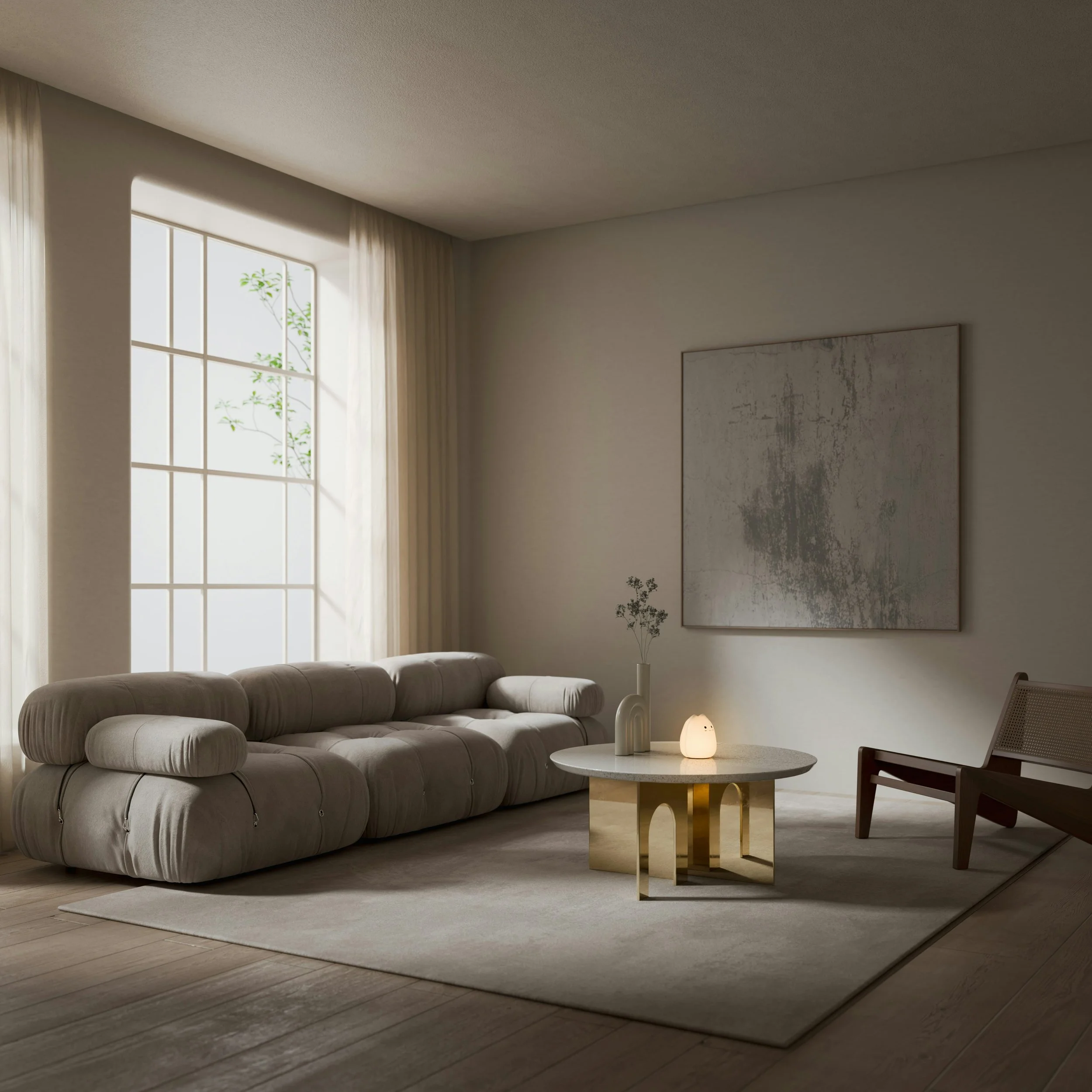Having a stylish home is not just about following the latest trends or decorating with expensive pieces.
It's also about creating a space that will stand the test of time and remain beautiful for years to come. In today's world where fast fashion and disposable items are prevalent, we ought to make conscious choices when designing our homes. A durable and chic home not only saves money in the long run, but it also minimizes waste and helps protect the environment. So how can you create a home that combines both durability and style? Here are some tips and ideas to get you started.
Choose Quality Materials
When it comes to durability, the quality of materials used is key. Investing in high-quality furniture and finishes may cost more upfront, but they will last longer and require less maintenance in the future. Look for materials that are known for their durability such as hardwood floors, solid wood furniture and stone or marble countertops. These materials not only add a touch of elegance to your home, but they also have the strength to withstand everyday wear and tear. Try to avoid trendy materials that may look good now but could quickly go out of style or deteriorate over time.
Opt for Timeless Designs
Trends come and go, but classic designs never go out of style. When choosing furniture or décor pieces, opt for timeless designs that will look just as good ten years from now as they do today. This doesn't mean you can't add some trendy elements to your home, but make sure they are easy to replace or update in the future. For example, instead of investing in a bright pink couch, choose a neutral-colored one and add pops of color with throw pillows or blankets that can be switched out easily.
In the bathroom, timeless design can be achieved by sticking to simple and clean lines. Choose classic fixtures such as a freestanding bathtub or a pedestal sink rather than trendy options that may become outdated quickly. Incorporate natural materials like marble or ceramic tiles for flooring and walls, which not only add durability but also give a timeless look. Outside of the house, opt for classic designs in your landscaping choices such as symmetrical plantings and simple yet elegant outdoor furniture. These design elements will create a cohesive and enduring look for your home's exterior.
Consider Functionality
A durable and stylish home is not just about aesthetics, it's also about functionality. Before making any design decisions, think about how you will use the space and choose pieces that will fit your lifestyle. For example, if you have children or pets, consider durable materials that can withstand their activities.
If you love to entertain, opt for furniture that is both stylish and comfortable for your guests. Functionality also means investing in storage that will keep your home organized and clutter-free. This will not only make your space more livable, but it will also help preserve the longevity of your belongings.
Work Closely With Contractors and Designers
Whether you're building a new home or renovating an existing one, you'll want to work closely with contractors and designers to ensure your vision for a durable and chic home is achieved. Communicate your desires for long-lasting materials and timeless design, and listen to their recommendations based on their expertise. Together, you can create a beautiful space that will stand the test of time.
Some recommendations that might come from a professional when creating a home include investing in energy-efficient fixtures and incorporating smart home technology. They may also suggest incorporating storage solutions to keep your home organized and clutter-free, as well as implementing proper ventilation to prevent moisture build-up and potential damage to your drywall, roof and attic or siding. No matter who you work with, be sure to find someone reputable to get the best advice you can.
Incorporate Sustainable Elements
Creating a sustainable home not only benefits the environment but also adds a unique touch to your interior design. Look for eco-friendly materials such as bamboo flooring or recycled glass countertops. You can also incorporate items made from natural materials like jute rugs or wooden décor pieces. Not only are these options more environmentally friendly, but they also add a touch of warmth and texture to your home. Additionally, consider incorporating energy-efficient appliances and lighting to reduce your home's environmental footprint while also saving on utility bills.
Don't Forget About Maintenance
Even with the best quality materials, regular maintenance is essential for keeping your home looking its best. Make sure to follow the care instructions for all furniture and finishes, such as using specific cleaning products or scheduling routine maintenance checks. Regular upkeep will prolong the lifespan of your items and ensure that they continue to look stylish for years to come.
A durable and chic home is achievable with careful consideration of materials, design choices, functionality, sustainability and maintenance. By following these tips and incorporating them into your interior design plans, you can create a space that not only looks good but also lasts a lifetime. Let's shift our focus from fast trends to timeless style and sustainability, and design homes that will truly stand the test of time.
Read more at Rismedia.com
Related Links
The Benefits of Using Your Equity To Make a Bigger Down Payment
What To Expect from Mortgage Rates and Home Prices in 2025
10 Things a Stylist Avoids in Her Own Home—And You Should, Too
If there is a home that you would like more information about, if you are considering selling a property, or if you have questions about the housing market in your neighborhood, please reach out. We’re here to help.





